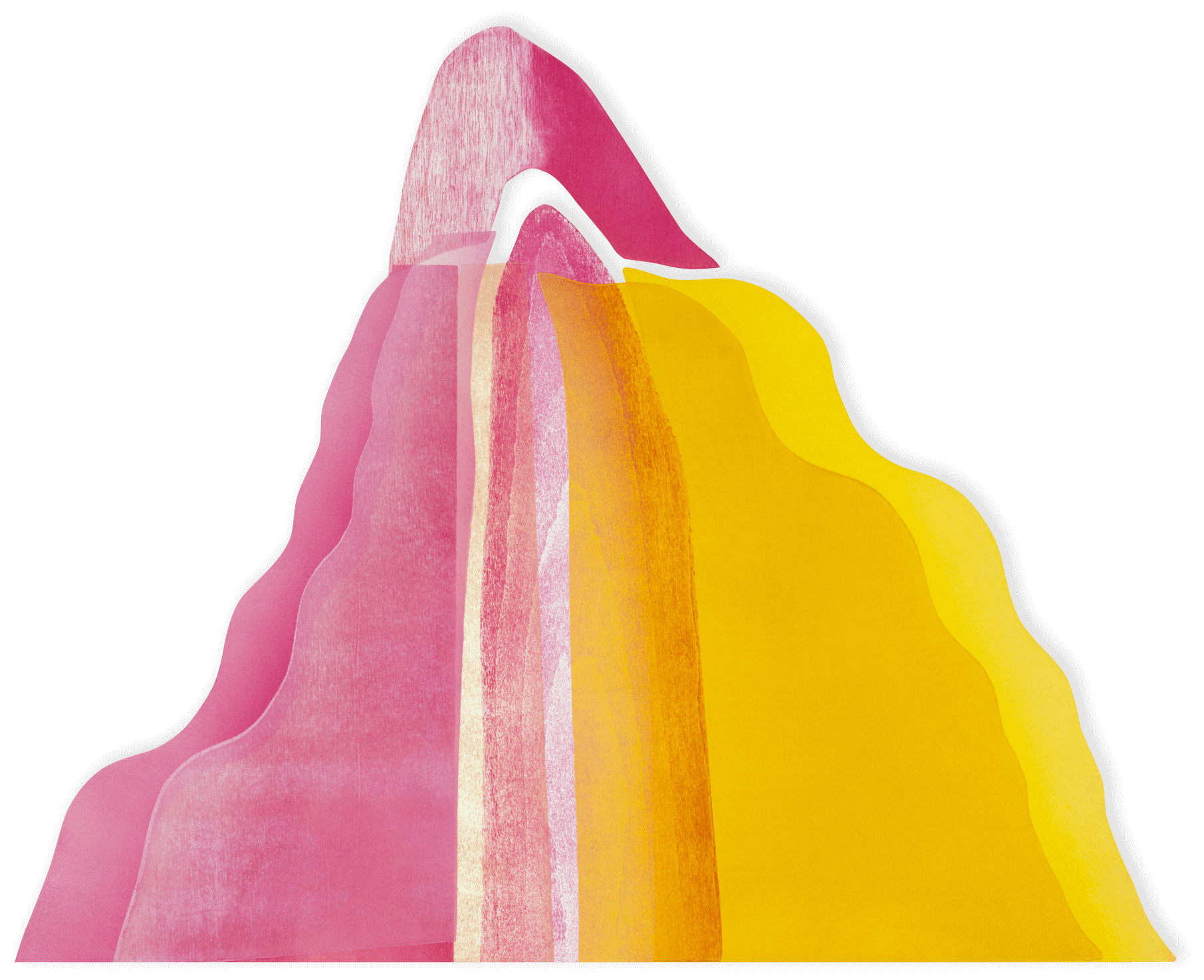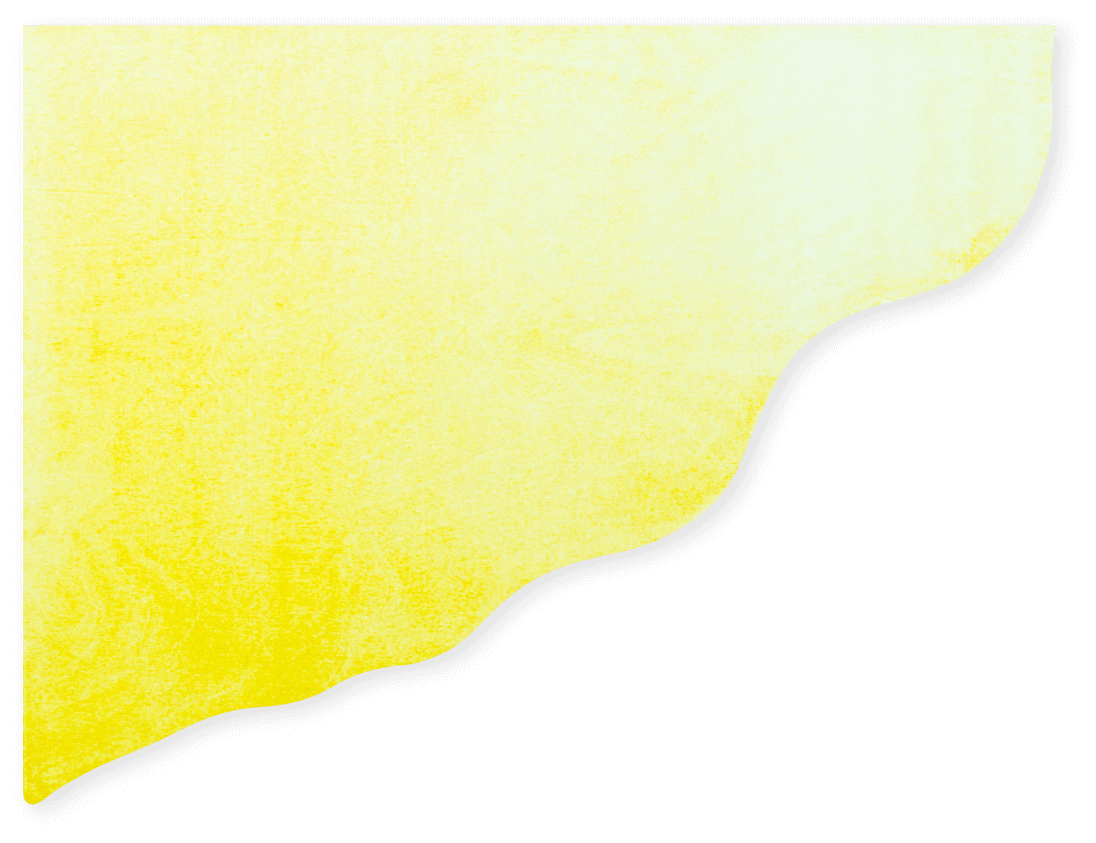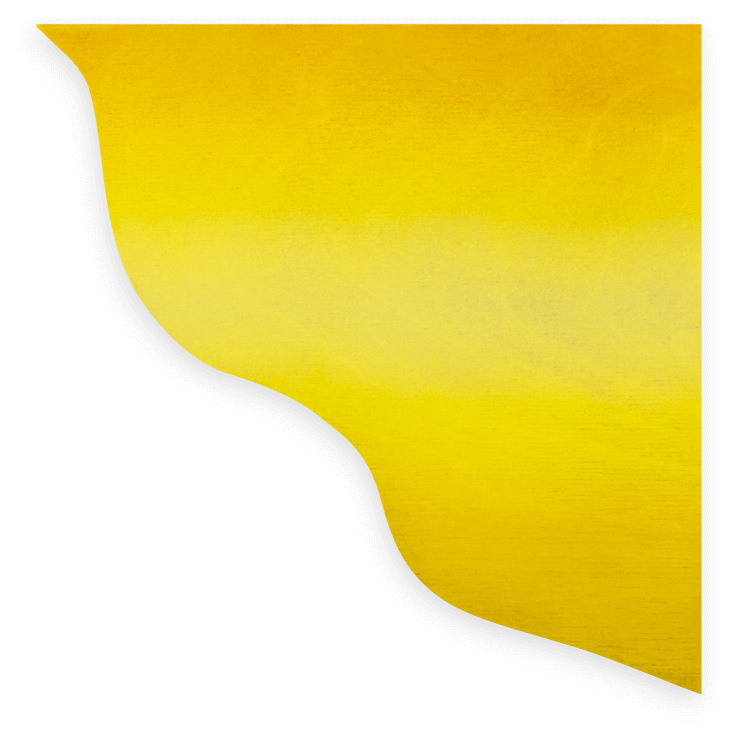Tue, April 19 2022,
19:00
Arvo Pärt Centre
Irina Zahharenkova (piano, harpsichord)
Toivo Tulev (b. 1958) – Shining Through I–III (2022, premiere)
Tõnu Kõrvits (b. 1969) – Poems at Moonrise for harpsichord I–III (2022, premiere)
Matei Gheorghiu (b. 1984) – Lamento funebre (2022, premiere)
Michael Buk (b. 1976) – Etude C major (1993, premiere)
Michael Buk – The Shyness (1994, premiere)
Erkki-Sven Tüür (b. 1959) – Piano Sonata No. 2 Saltatio ad Lumen I–III (2022, premiere)
Lauri Jõeleht (b. 1974) – Tristezza (2013/2021, premiere of new version)
Galina Grigorjeva (b. 1962) – O, Look! for harpsichord (2022, premiere)
Toivo Tulev
“shining through” for piano (2022, premiere)
shining through
afternoon
neither me nor you
shining through
light upon light
afternoon
light upon light
neither me nor you
shining through
(Translation Hosein Azimi)
عصرگاهان
نه من، نه تو،
درخشش نور، تابان به درون
نور بر نور
عصرگاهان
نور بر نور
نه من، نه تو،
درخشش نور، تابان به درون
(al-Hamadani)
Poems at Moonrise for harpsichord (2022, premiere).
…and we are sure
That beauty is a thing beyond the grave,
That perfect, bright experience never falls
To nothingness…
(Moonrise by David Herbert Lawrence)
“Lamento funebre is a piece I’ve been wanting to write for a long time. I’ve had certain melodic and harmonic and narrative aspects of this piece I’ve been contemplating on doing someday in my mind for maybe 10 years. When I was given the opportunity to write a piece for such a sensitive and profound artist as Irina Zahharenkova is, the inspiration simply was not hard to find. I wanted to bring a gloomy yet beautiful atmosphere, that ghostly evokes Beethovenian and Chopinian elements. As fate sometimes has it, while I was 20% in the writing, a very dear friend of mine passed away, which provided me both help and burden in finishing this piece. Maybe as a sad coincidence, the piece’s final notes were written only a few days before the start of the Ukrainian war.” (Matei Gheorghiu)
Although I’ve always studied something else, my love for the piano has always been there, and inspired by Chopin’s etudes and Rachmaninoff’s pieces, it has always been my dream to compose and play in this beautiful romantic style. Probably that’s why my Etude C-dur was the first piece I wrote in the “classical” style. Now I would probably call it beginner’s luck, at this time I was about 18 and I was overwhelmed with happiness when I found the “formula” for this Etude, and I have tried to convey all this happiness and youthful love for life in this piece.
That opens for me the door to composing and to things that don’t seem possible at first glance. That is why this Etude is so important to me.
Shyness, which most consider to be my best piece. It was my experiment to make strange harmonies sound harmonious. I love this piece because it has so many moods that are whimsically rooted together. The title came to me only recently. I think this mood changes describes very well a person who is in love, but is too shy to share it with person he (or she) in love is.
Unfortunately, or fortunately, I failed to enter the conservatory as a composer at the time, obviously the professors were interested in completely different music… Either way, it drastically slowed down my euphoria about writing in the “classical style”. And that’s why these pieces sat in the drawer for so long. I wasn’t sure how much value they have, we have Chopin, Rachmaninoff and more great Composers, who needs more romantic pieces?…
Only now I felt the need to give these pieces the opportunity to develop their own life, search and maybe find their own audience and maybe even performers. That explains why it took so long from birth to appearance.
I am very grateful to Irina for adopting my pieces and it is an honour for me that such a very talented musician will present them for the first time.”
Piano Sonata No 2 “Saltatio ad Lumen” (‘dance into the light’ / ’dance towards light’, 2022, premiere). “So, what was different this time? Generally speaking, this piece is different already because I have not written anything for piano in a long time. Secondly, at first I thought this would be a shorter piece but it turned into something else – what I was working on wanted to grow, demanded another movement and then another. At one point I got the feeling that it might be called a sonata. (Maybe also because over the years, pianists from different parts of the world have asked me if there was any hope to play Piano Sonata No. 2 one day.) And instantly, some hints to the first sonata cropped up. This was different in so many ways – until now I had not had the habit of referring to my earlier pieces. I guess it comes with age…
Postscriptum:
I wrote the previous text on February 15, a little less than a month after completing the sonata. Today, on March 19, it has been clear for a few weeks that things have not been so upside down in a very long time. And none of us know what is going to happen in the near future. We cannot predict the state of the world on the day this piece is (hopefully) premiered. Thus, we need even more hope and I want to stress the obvious – the title of Piano Sonata No. 2 is “Saltatio ad Lumen” with a reason. While listening to it, keep in mind that you can find Light even in the deepest, darkest hour.
I am honoured to be called Helena Tulve’s teacher. My dear friend is celebrating her 50th birthday this year and I am dedicating this music to her in gratitude for everything I have learned from her in all the years I’ve had the joy of knowing her.” (Erkki-Sven Tüür)
Tristezza (Sadness, 2013/2021, version premiere). “Sadness is a feeling that overcomes us from time to time. It is not always negative and sometimes music is born out of this. In turn, music has the ability to console and comfort the sad human soul.” (Lauri Jõeleht)
“The solo piece O, Look! for harpsichord (2022, premiere) was composed in the form of alternating contrasting episodes that create the image of a musical kaleidoscope. The word ‘kaleidoscope’ has many meanings. Translated from Greek, the first meaning is ‘a beautiful view’. However, it also has another meaning – ‘see’, ‘observe’. The varying location of mirrors in the kaleidoscope enables one to see a different number of duplicated images: 8 in case of 45 degrees, 6 in case of 60 degrees, 4 in case of 90 degrees. These numbers are also very important in this composition. Metaphorically speaking, the word ‘kaleidoscope’ is used to describe the rapid variation of faces, phenomena, or events, which take place in the Kaleidoscope of Time.” (Galina Grigorjeva)
Irina Zahharenkova is one of the most renowned Estonian pianists, who has received numerous prestigious awards from international competitions and often performs abroad. As an early music expert, she often performs also on the harpsichord and pianoforte. This programme includes a number of world premieres. Irina Zahharenkova will also be performing on the harpsichord.
Live-broadcast by Klassikaraadio and EMP TV.



